What is there left to be said about 2020 that has not already been said? It has been a year that none of us are going to forget anytime soon. The year in which COVID-19 dominated every moment of our collective lives.
In sportscar racing, this was no different. It was a year of postponements, cancellations, health protocols and the rise of esports. But somehow, it was also a yeat of tremendous optimism, with new teams, new rulesets and the creation of a brand new top category that will dominate the headlines for years to come.
Those first couple of months before COVID-19 took hold of the world almost seem like a different time, looking back in hindsight. But for sportscar racing, 2020 began with an incredible dose of optimism.
At the Rolex 24 at Daytona weekend, the Automobile Club de l’Ouest and IMSA came together to announce the longwaited convergence of their respective top categories and the creation of a new joint top class: LMDh.
That was followed up by a brilliant Rolex 24 at Daytona, which was won by Wayne Taylor Racing for the second year in a row after a classic finish that saw the Konica Minolta Cadillac nearly lose the race due to Ryan Briscoe failing to spot the red light at the end of the pit lane. The team fought back after a penalty in a thrilling finish that saw Briscoe, Renger van der Zande, Scott Dixon and Kamui Kobayashi pick up a hard fought win.
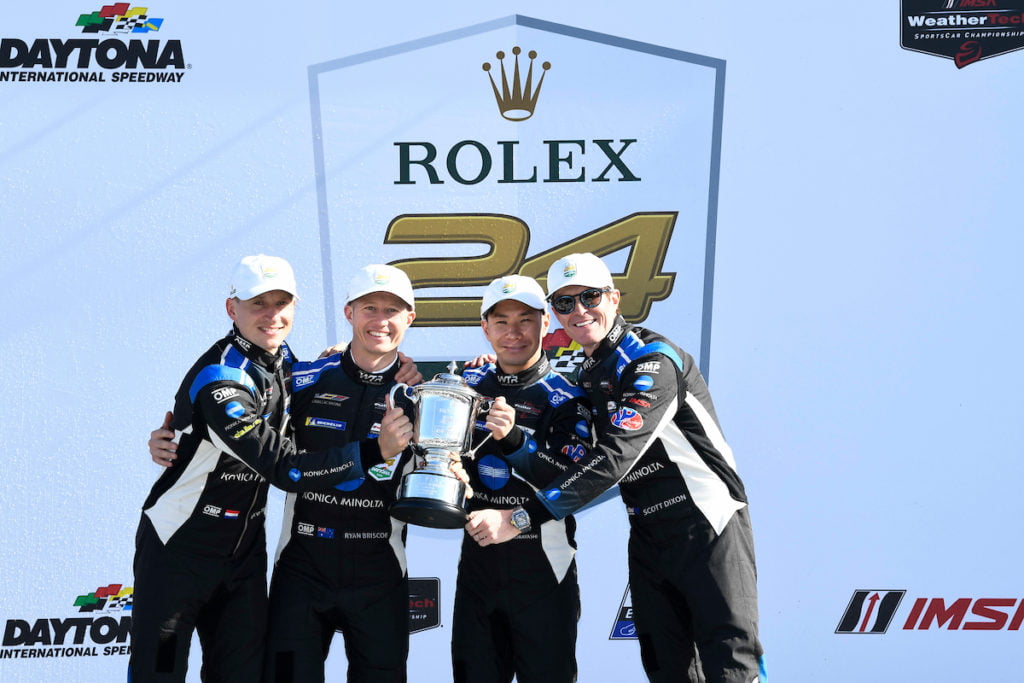
As January turned into February, Rebellion Racing shocked the racing world when it announced that it would be curtailing all of its motorsport operations at the end of the year. The Swiss squad, one of the most prolific privateer outfits in the FIA World Endurance Championship, had positioned itself into Toyota’s foremost rival in the final season of LMP1 competition, and would take its final WEC victory at Lone Star Le Mans later that month.
When the WEC paddock gathered at Circuit of the Americas for that six-hour enduro, Hypercar and LMDh had once more become the talk of the town, but for less positive reasons.
Aston Martin had dropped a bombshell at the start of the month when it announced it was putting the Valkyrie racing programme on hold indefinitely, with team president David King stating that the announcement of LMDh had caused custoemer interest in the more expensive Valkyrie to dwindle.
In response to the news, that left the grid size for Hypercar’s debut season in jeopardy, Toyota reaffirmed its commitment to the class while rival squad Scuderia Cameron Glickenhaus lashed out at Aston Martin in what became one of our most read stories of the year.
Little did we know at the time of watching it, but Lone Star Le Mans would prove to be the final event held before the global pandemic unfolded around the globe.
The end of February brought the first rumbles of what would prove to be an eruption of unprecendented scale. Several series, including the International GT Open and DTM were forced to relocate their pre-season tests away from Italy as the nation became Europe’s first COVID-19 hotspot.
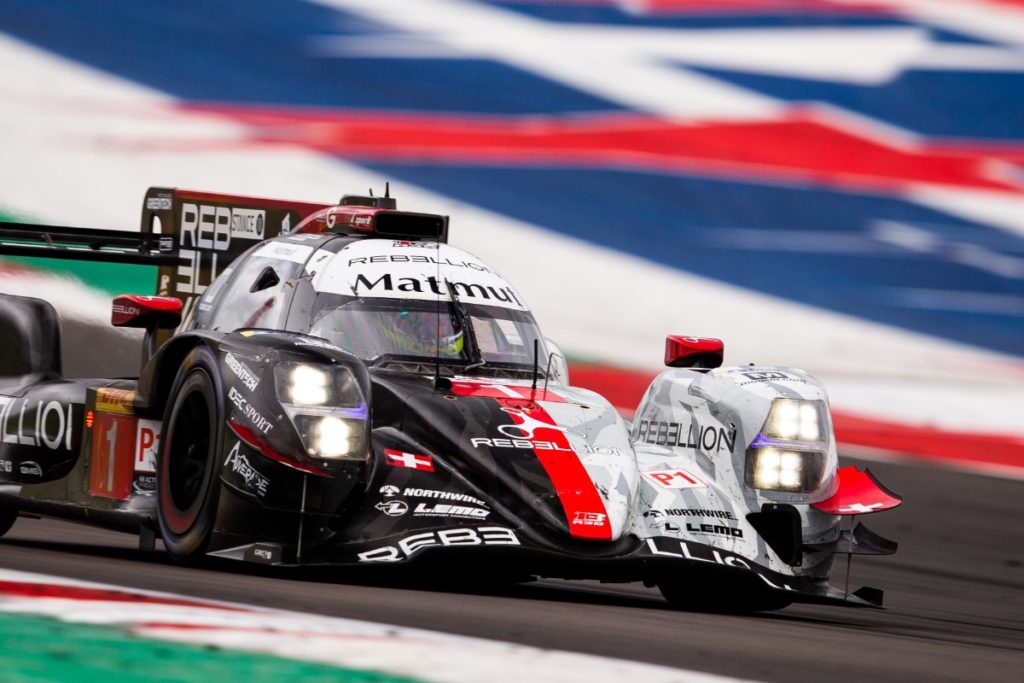
While February provided the world with the first worries, March would go down as the month when COVID-19 escalated from a worrying trend to a full-scale global emergency. Unfortunately, endurance racing did not escape these developments.
Most notable, partially on a personal level, was the abrupt and unavoidable cancellation of the Super Sebring double header event in the United States after the United States government implemented a travel ban from Europe shortly after the World Health Organization declared COVID-19 a global pandemic.
As stated back when it happened, travel plans to travel to Florida for the event had been in place mere hours before the travel ban was implemented. Looking back in hindsight, the cancellation of those plans was simply inevitable, but it was still a huge bummer.
After Sebring, more cancellations and postponements followed as motorsport took a back seat when the world focused on fighting the deadly virus.
To their credit, a significant number of teams in the World Endurance Championship and IMSA WeatherTech Sportscar Championship did their part to help where they could, switching focus and utilising their facilities to contribute to the fight against COVID-19.
Later that month, another staple of the motorsport world fell victim to the virus, as the 24 Hours of Le Mans was forced to be postponed to September, marking one of the very rare occasions the race would not be held in its traditional June slot.
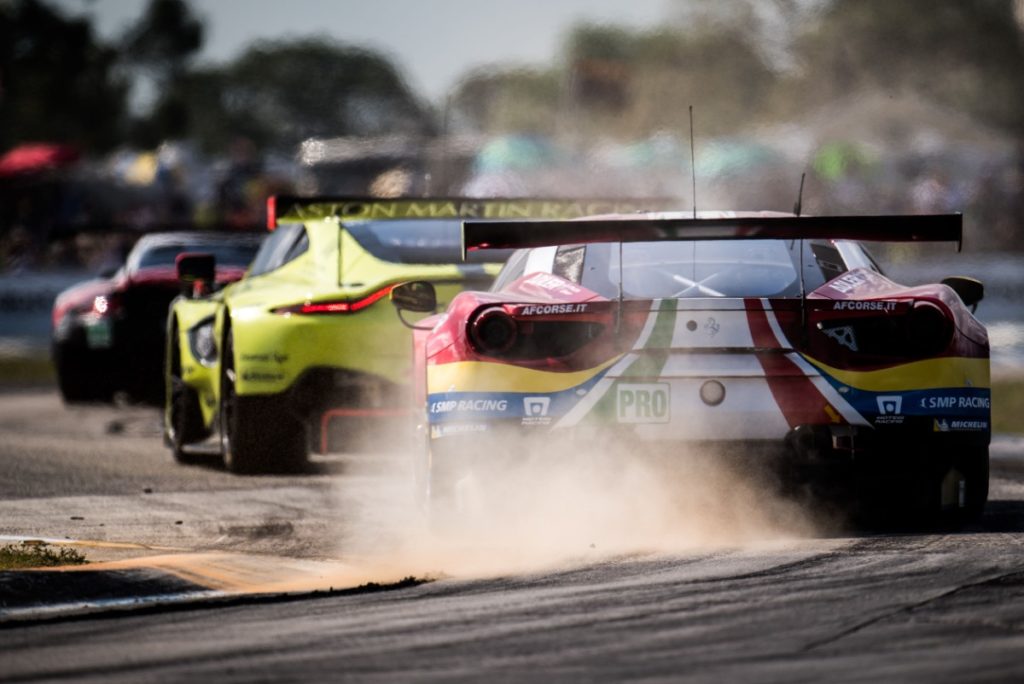
April would mark even more cancellations and postponements, but most notably, the month was marked by the loss of one motorsport’s most universally beloved legends in Sir Stirling Moss.
The Briton, often regarded as the greatest driver to never win the Formula One world championship, passed away at his home in London at the age of 90. While Moss is most commonly associated with F1, his sportscar exploits are not to be forgotten.
He took a class win at Le Mans in 1956, one year after he was on course to win the race overall alongside Juan Manuel Fangio before Mercedes opted to withdraw following its involvement in the horrific crash of 1955.
Moss also took two wins in the Twelve Hours of Sebring, one overall in 1954, but his finest hour in sportscar racing came at the 1955 Mille Miglia, where he and navigator Denis Jenkinson piloted their Mercedes 300 SLR to a record-shattering victory.
Mere days after Moss’ passing, legendary engineer John Horsman also passed away at the age at 85. While not as widely known as Moss, Horsman was no less influential, as he was the man credited with the creation of the legendary Porsche 917K.
To complete what was a wretched month for sportscar racing, Audi would conclude april by dropping a bombshell and announcing that it would be withdrawing from DTM at the end of the season. It was a huge blow for the championship, leaving BMW as the only manufacturer under Class One rules and proving the direct catalyst for DTM’s switch to a GT3-based ruleset later in the year.
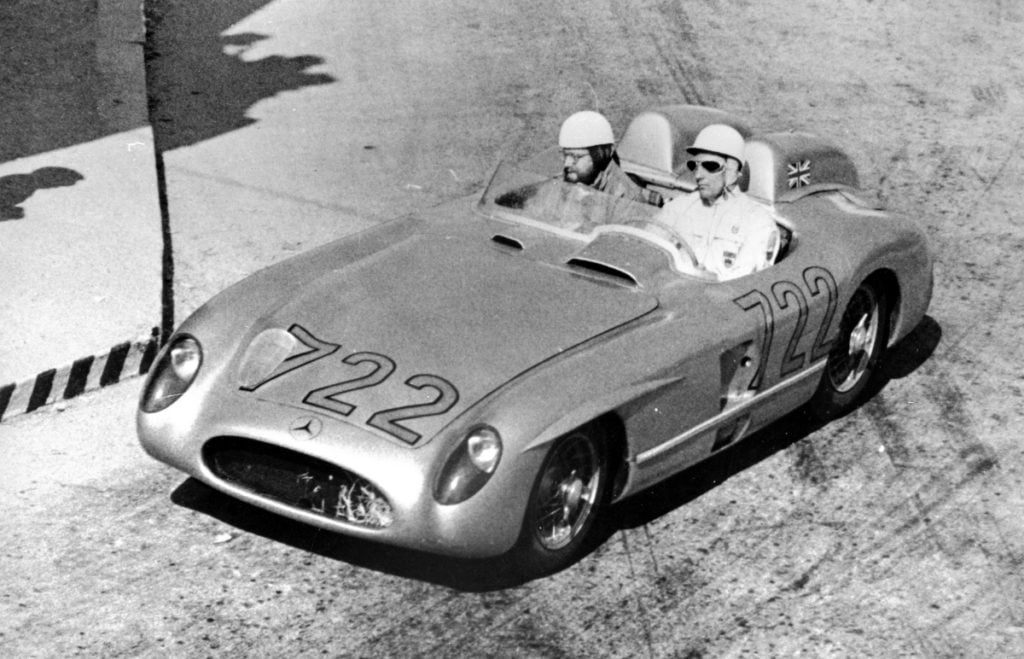
May would bring LMDh back into the forefront as the ACO and IMSA released the draft technical regulations for the new category to near-universal acclaim, with several manufacturers expressing their approval at the proposed ruleset.
That some month would bring some bad news for Le Mans, as Porsche’s North American contingent and Corvette Racing both announced that they would not be taking part in the French endurance classic due to the financial impact brought on by the pandemic.
Porsche’s North American activities would grab headlines again in June as it abruptly announced the end of its GTLM factory programme, bringing to an end a seven-year tenure that brought multiple championships, as well as victories in each of the American endurance classics.
While the pandemic undeniably wreaked havoc amongst the global motorsport scene, there was one notable beneficiary of the situation, and that was esports. As everybody was more or less forced to stay at home due to social distancing measures, esports on platforms such as iRacing, Assetto Corsa Competizione and RFactor 2 enjoyed massive amounts of increased exposure.
This esports boom period peaked with the 24 Hours of Le Mans Virtual, held on the same weekend that the real race was originally supposed to be held on. It was the biggest event of its kind to date, with unparalled production value, huge starpower and fantastic racing. The event has since gone on to win multiple awards, and for good reason.
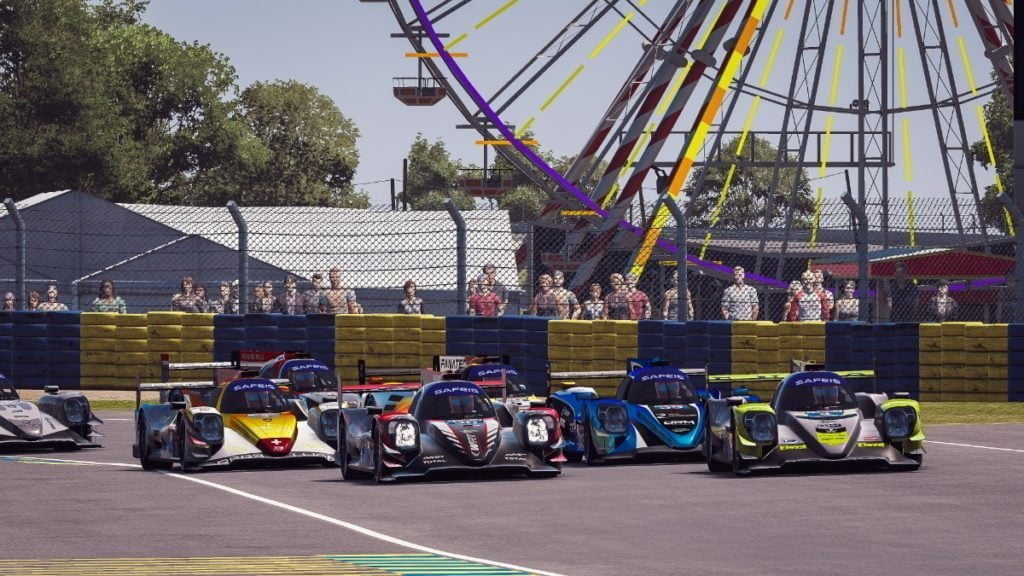
And then, after months of wondering if and when we would race again in real life, July finally brought real racing back. IMSA was the first series to return to racing with the WeatherTech 240 at Daytona on the 4th of July. While the event itself was a success, it was not free of the COVID threat as Felipe Nasr tested positive and was forced to sit the race out, although he would return later that month in a winning effort at the Cadillac Grand Prix of Sebring.
In August, DTM and the FIA World Endurance Championship both joined IMSA in returning to the track, both with rounds at Spa-Francorchamps.
DTM kicked off what would be the final season of its current era with a round at the Belgian track, while WEC would follow later in the month in a rainy race that was notable for a big crash suffered by Thomas Laurent, which saw the French driver thankfully walk away from his car unharmed.
Like IMSA, WEC also had its own COVID-related problems, as LMP2 driver Gabriel Aubry tested positive for the virus, infecting several members of the paddock and forcing Algarve Pro Racing, the team he had raced with in the European Le Mans Series the week prior, to withdraw.
Speaking of rainy races, IMSA would produce one of the best races of the season later that month, with a crazy and rain-affected race at Road America that was won by Team Penske.
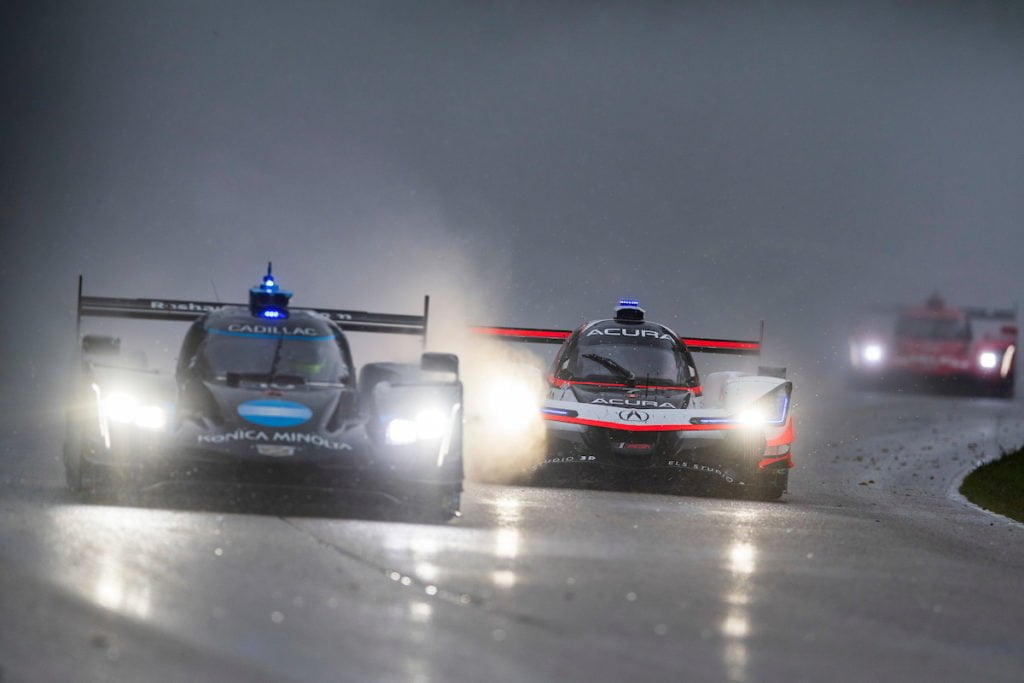
As August turned into September, the focus naturally turned to the biggest race on the calendar: the postponed 24 Hours of Le Mans. Fr the first time ever, the legendary French race was held behind closed doors.
As someone who was there in person, it was a bizarre experience to go without the hundreds of thousands of fans that normally pack the place. The race was no less memorable, but it made for a very unusual experience.
The sights of empty grandstands, especially on race day, made for a surreal experience, but one has to give credit to the ACO for allowing the event to happen in the first place.
In addition to the race itself, there was a whole lot of news with regards to endurance racing’s future. ACO and IMSA bith finally announced the finalized regulations for their joint LMDh category, and Peugeot and ByKolles both announced their Hypercar programmes.
To add to that, the ACO debuted the new Hypercar qualifying format, which was heralded as a great success.
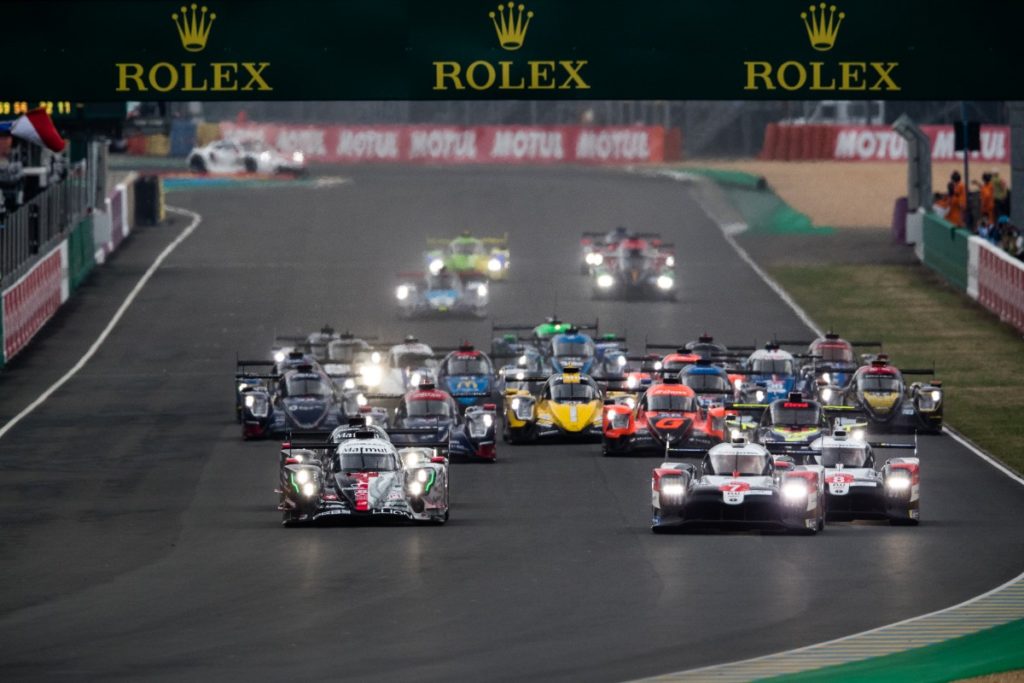
Come October, most championship were moving towards their season finales. IMSA raced at the Charlotte Roval for the first time in a rain-hit affair, followed by perhaps its most controversial moment of the season at Petit Le Mans, when Pipo Derani and Ricky Taylor ran each other off the road in the closing stages in a bitter battle for the race win.
In the midst of it all, WEC had somewhat of a bizarre saga when it announced a set of changes to the driver line-up rules for LMP2 teams.
The current system, where one Silver-rated or Bronze-rated driver is required, would be traded in for a system where two silvers or one bronze would be mandated.
The rule change was so universally disliked by teams and drivers alike that the powers that be changed course and reversed the rules within a day.

November proved to be one of the busiest and most frantic months of the year. For starters, DTM finally unveiled its contingency plan for the future: a much-anticipated switch from the Class One ruleset to a formula largely based on GT3 regulations. It has so far proven popular with teams, with several outfits already expressing their commitment to the series for 2021.
Elsewhere, WEC and IMSA wrapped up their seasons on the same day. WEC was the first to complete its campaign with the 8 Hours of Bahrain, which was won by Mike Conway, Kamui Kobayashi and Jose Maria Lopez en route to their world title.
Later that day, IMSA followed suit by what has since been widely regarded as the greatest race of the year. In a chaotic, crazy and unpredictable Twelve Hours of Sebring, Mazda won after a race of intense attrition.
While Harry Tincknell, Ryan Hunter-Reay and Jonathan Bomarito took the race win, Acura Team Penske locked up the title as Helio Castroneves finally won his first championship after over two decades of being the bridesmaid, but never the bride.
For IMSA, it was a fitting way to close out a truly unforgettable season.

While the season might have been over after this double-header weekend, the big stories were far from over.
First came Audi, announcing that it had begun plans for a return to top level endurance racing in 2023 with an LMDh program. Porsche followed a few weeks later with a similar announcement, ensuring that the future of endurance racing looks bright for years to come.
The year was closed out with slightly less good news, as Aston Martin announced the closure of its factory GTE program after being present in the WEC from the very start, instead shifting focus on customer racing as the Gaydon marque prepares to enter Formula One.
And so, we have reached the end of 2020. A year that none of us will probably forget anytime soon. A year of unprecedented struggle, hardship and challenges. But also a year of great determination, hope for the future and, thankfully, great racing.
Here’s hoping that 2021 will at least bring us more of that. Happy new year.








Discussion about this post